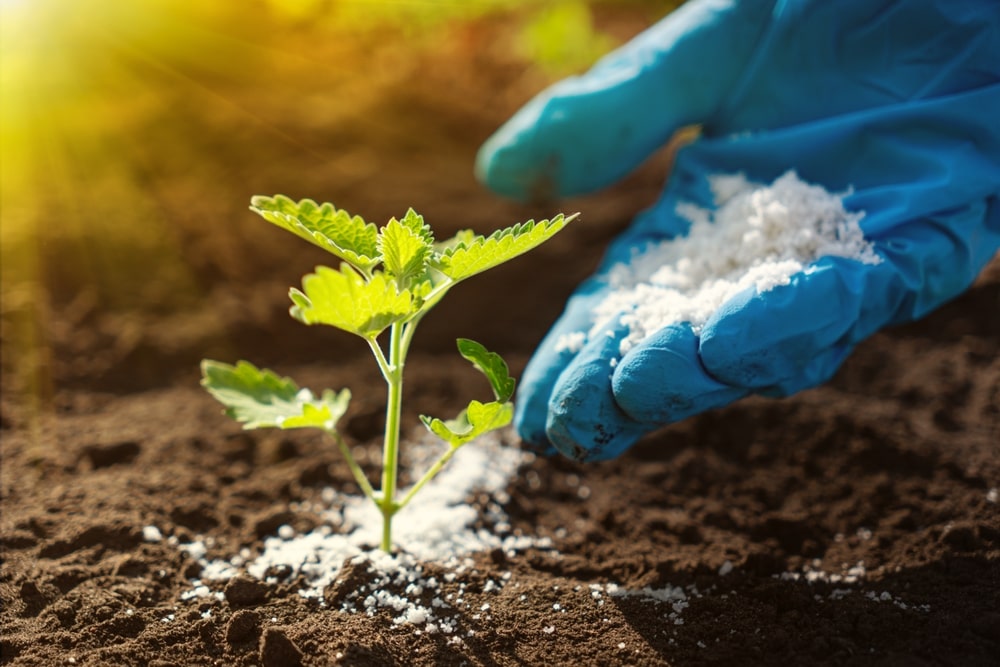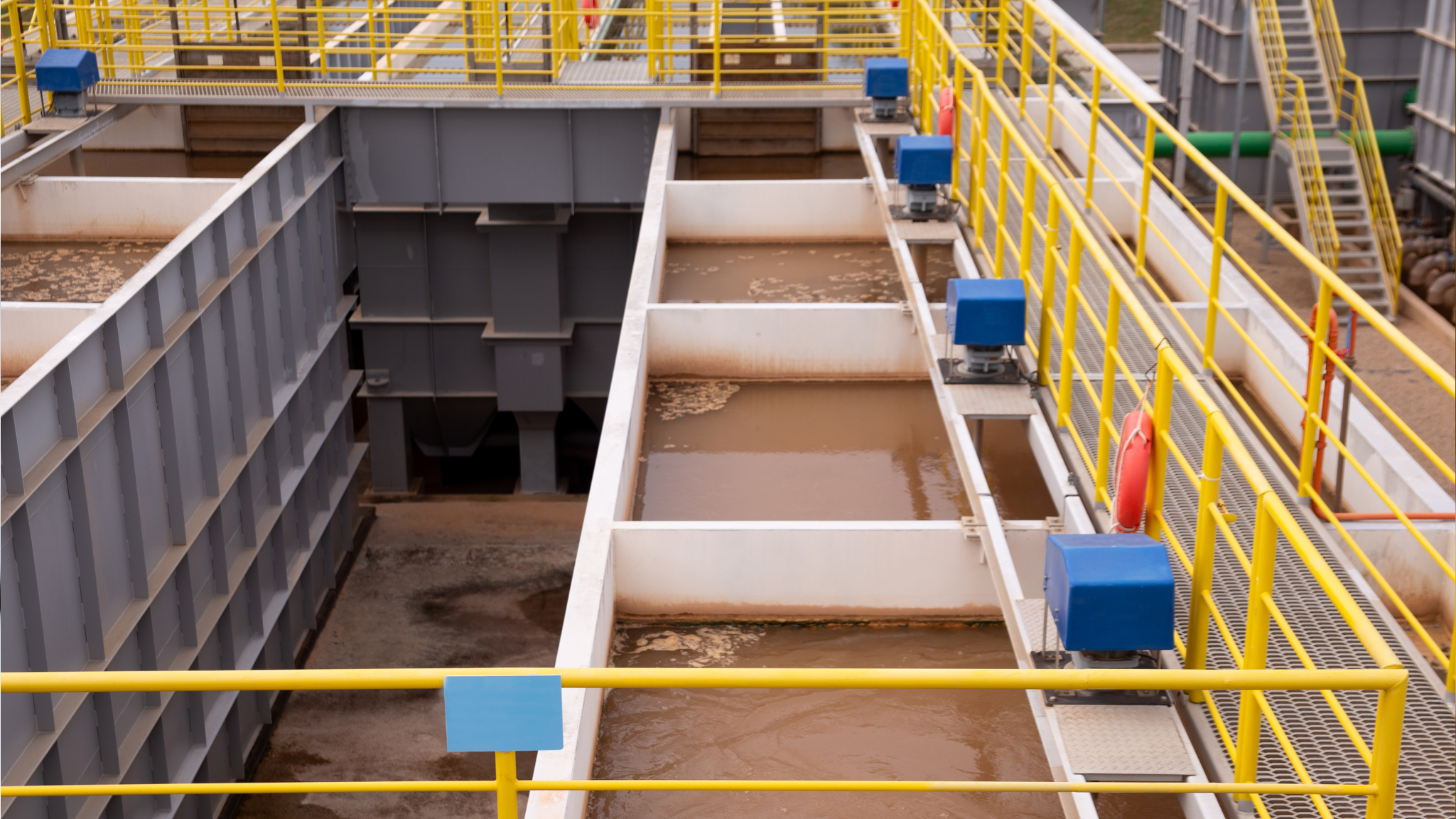Fertilizers are part of today’s agriculture, and they enable farmers to improve soils and maximize production at reasonable prices. Of the many types, chemical fertilizers or synthetic or inorganic fertilizers are a vital input in meeting world food requirements. Despite endless controversies that have surrounded sustainability and environmental concern, the advantages of chemical fertilizers are firmly established and continue to be a cornerstone of agricultural advancement in different climates and regions.
Table of Contents
- 1. Introduction
- 2. What Are Chemical Fertilizers?
- 3. Types of Chemical Fertilizers
- 4. Major Benefits of Chemical Fertilizers
- 4.1 Instant Effect and Revival of Plants
- 4.2 Cost-Effectiveness
- 4.3 Control Over Soil Environment
- 4.4 Increased Farm Yield
- 4.5 Easy Application
- 4.6 Compatibility with Other Treatments
- 5. Conclusion
What are Chemical Fertilizers use?

Chemical fertilizers are industrial products made by processing gases, minerals, and other inorganic material. Chemical fertilizers use generally contain the primary plant nutrients such as nitrogen (N), phosphorus (P), and potassium (K), which is also called NPK. Products might also contain secondary nutrients, such as sulfur, or micronutrients such as zinc and iron.
The manufacturing process entails purification of organic or inorganic substance to unlock nutrients and organic matter to be decomposed. The end product is concentrated nutrients that plants find easy to absorb when applied. In contrast to organic fertilizers, which have to degrade, chemical fertilizers use provide immediate nutritional value, a key factor in intensive farming systems.
Chemical Fertilizers use types
There are two broad types of chemical fertilizers:
- Straight fertilizers: These consist of a single dominant nutrient (e.g., urea for nitrogen, superphosphate for phosphorus, or potassium chloride for potassium). These are applied when there is a deficiency of a particular nutrient or if the soil requires greater amounts of a specific element.
- Compound fertilizers: Compound fertilizers consist of two or more of the major nutrients (typically NPK) in about equal proportions. Compound or intricate fertilizers are extremely convenient to use for complete soil fertilization and yield stimulation.
The Major Benefits of Chemical Fertilizers use

-Instant Effect and Revival of Plants
Among the most cherished advantages of chemical fertilizers is that they work fast. Chemical fertilizers are easily absorbed by plant roots, unlike organic fertilizers that must be decomposed by microbes. With fast absorption, plants are aware of improved health within days, thereby making chemical fertilizers perfectly tailored to fixing plant nutritional imbalances or reviving failed crops in a relatively short period.
During crisis situations such as post-drought recovery, loss of nutrients through erosion, or surprise pest attacks, chemical fertilizers use act as an easy temporary solution by rejuvenating the soil and providing instant new growth.
-Cost-Effectiveness
Affordability is also part of the reasons why chemical fertilizers use are widely utilized, particularly by commercial farmers and large planters. Chemical fertilizers use are less expensive to produce because they are produced in large quantities in factories and can be held for sale. Single nutrient basic chemical fertilizers are within reach of small farmers and homeowners compared to more labor-consuming organic fertilizers.
Even though compound fertilizers are comparatively more expensive, their balanced nutrient formula usually offsets by doing away with repeated applications.
-Control Over Soil Environment
Synthetic fertilizers also facilitate the regulation of soil pH and nutrients to an extent which would be unachievable under organic methods alone. When the aim is to correct too alkaline or too acidic soils, artificial chemicals can be manufactured which right these imbalances accurately and make the soil a more hospitable environment for plant growth.
This precision enables farmers to correct soil for different crops, thus boosting productivity and effectiveness in resource use.
-Increased Farm Yield
The largest advantage of chemical fertilizers use may be that they increase crop production. By putting selected nutrients like nitrogen and potassium on the soil directly, the fertilizers trigger robust root growth, flowering, and fruiting. The plants are healthier, larger, and sometimes more resistant to disease and stress.
Enhanced production goes a long way in fulfilling global food security needs without fail. Chemical fertilizers use allowed farmers to harvest high yields where soil fertility is poor or where the growing season is short, thus unlocking agricultural potential anywhere.
-Easy Application
Modern chemical fertilizers use are available in various forms, powder, granules, and liquid, and the flexibility of application is achieved with these forms. Liquid fertilizers, for instance, may be easily sprayed over the long leaves and crown of trees to get the nutrient fully covered. This is better than the old dry fertilizers that were more or less limited to surface application on the ground.
Secondly, simplicity of use in liquid fertilizers means precision agriculture application, where administration of the nutrients can be carried out precisely through irrigation or foliar feeding.
-Compatibility with Other Treatment
A second utilitarian benefit is the ease for chemical fertilizers use may be mixed with other agrochemicals such as herbicides, insecticides, or fungicides. It is an easy application to do together, a time- and labor-saving feature, and a saving in labor costs. Instead of employing many separate applications, farmers can merely combine pest control with fertilization in a single effective operation, making crop protection and fertilization easier.
Conclusion
Chemical fertilizers use has been a revolution in the annals of agriculture. With the ability to show immediate results and provide a change in the chemistry of the soil as and when required, and for their affordability and simplicity of mixing with other steps, these man-made materials have conferred the whole gamut of advantages on farmers, gardeners, and agricultural experts.
Despite heated argument regarding long-term sustainability and environmental integrity, the absolute benefit of chemical fertilizers use, if used wisely, deserves their retention within the global food system. In conjunction with increasingly precise farming as well as formulation technology, applications of chemical fertilizers are becoming more and more productive, targeted, and sustainable.
In conclusion, chemical fertilizers use not only short-term solutions; they are necessary tools in the pursuit of higher crop yields, soil fertility levels, and sustaining agricultural productivity in an increasingly growing population world.




